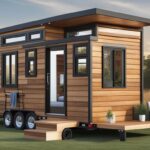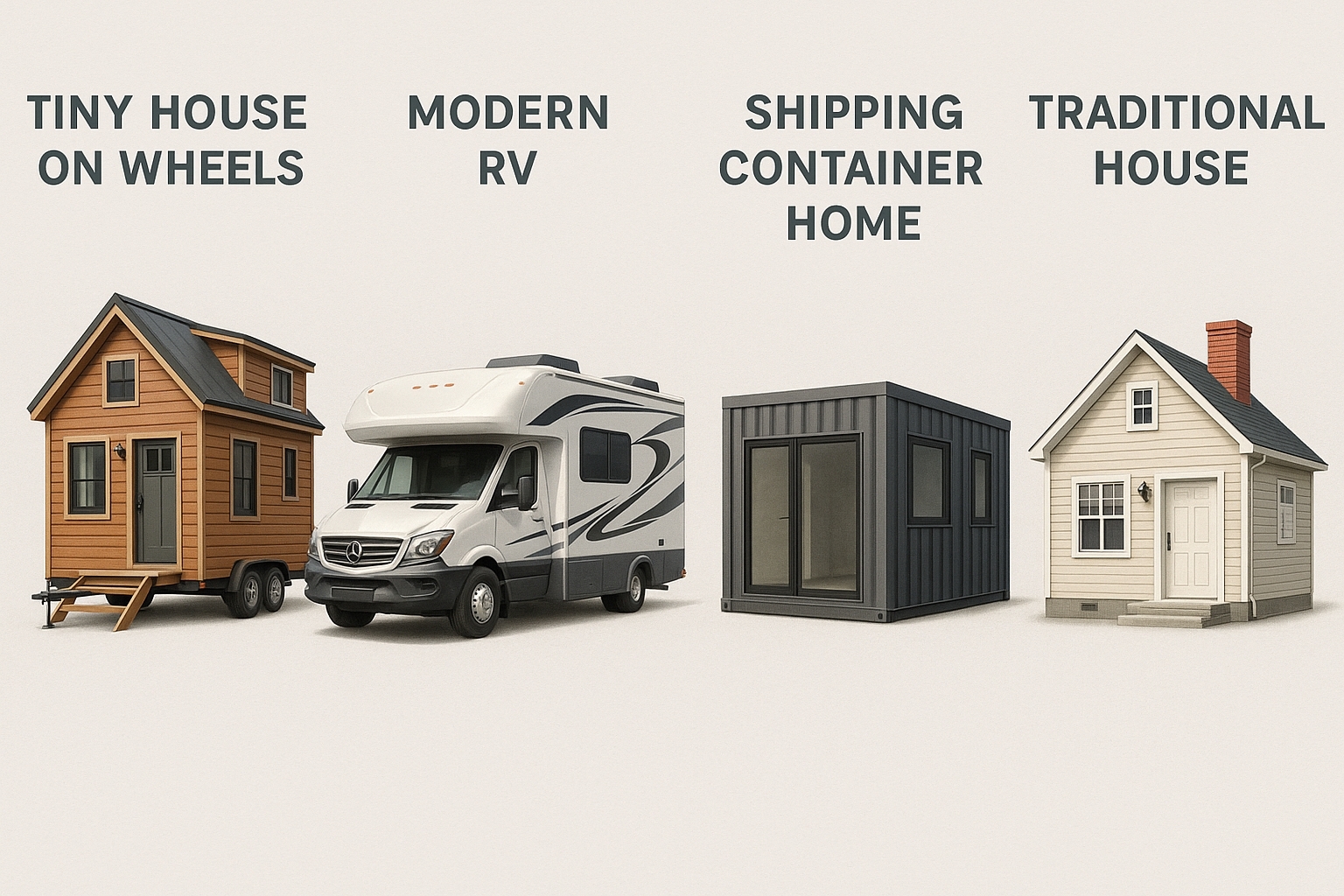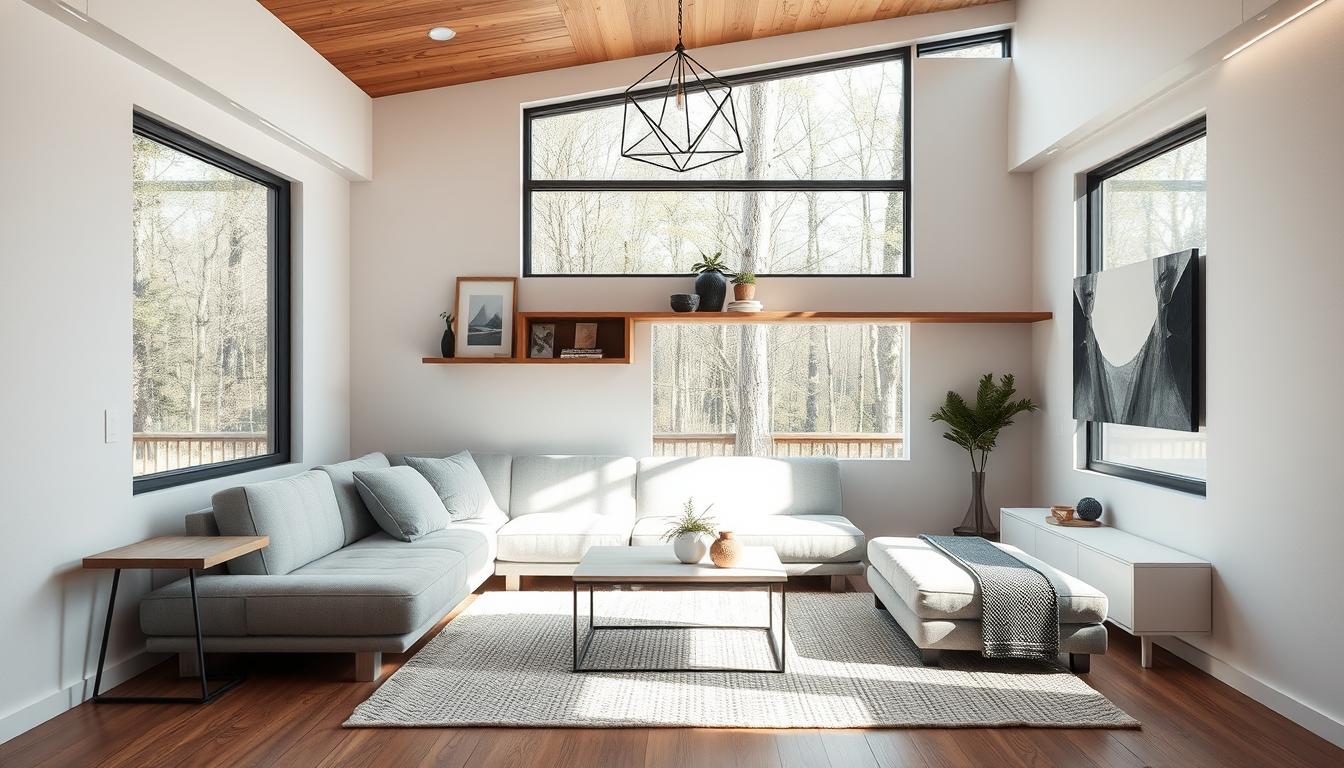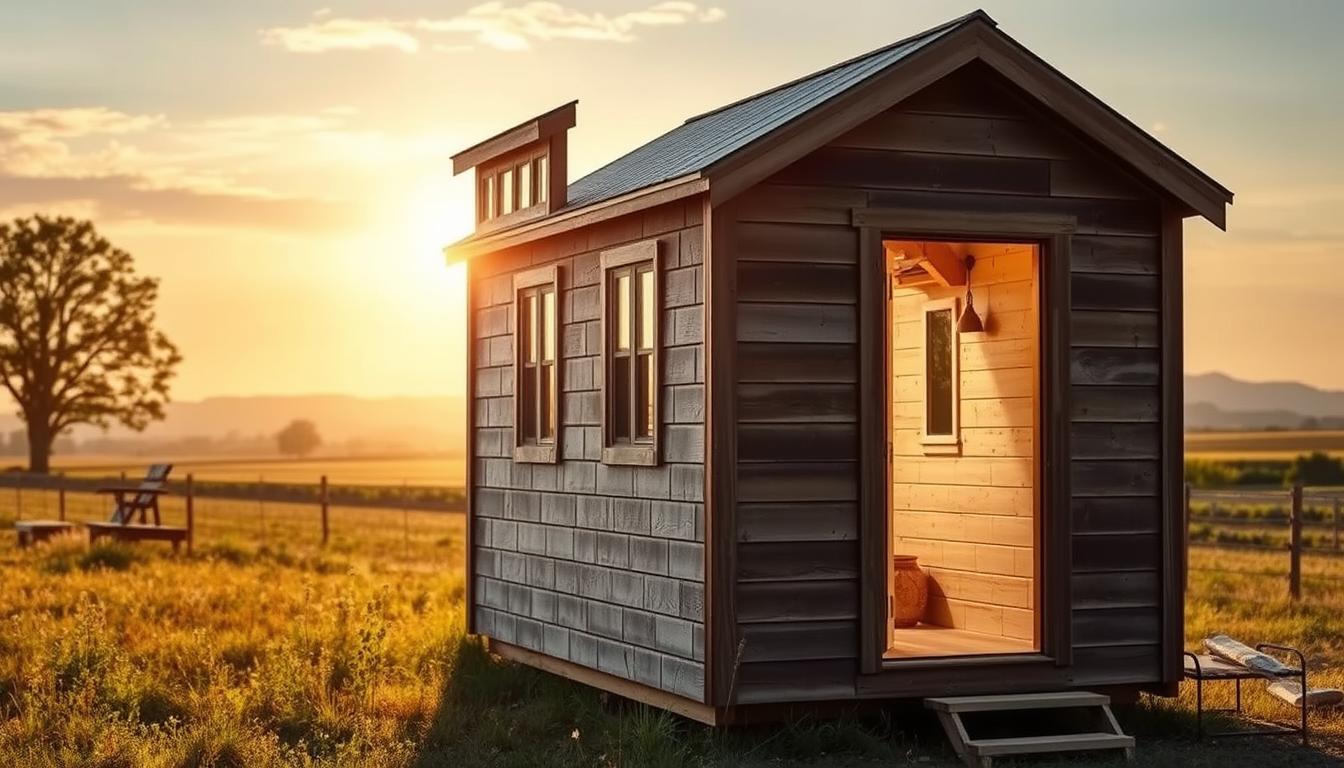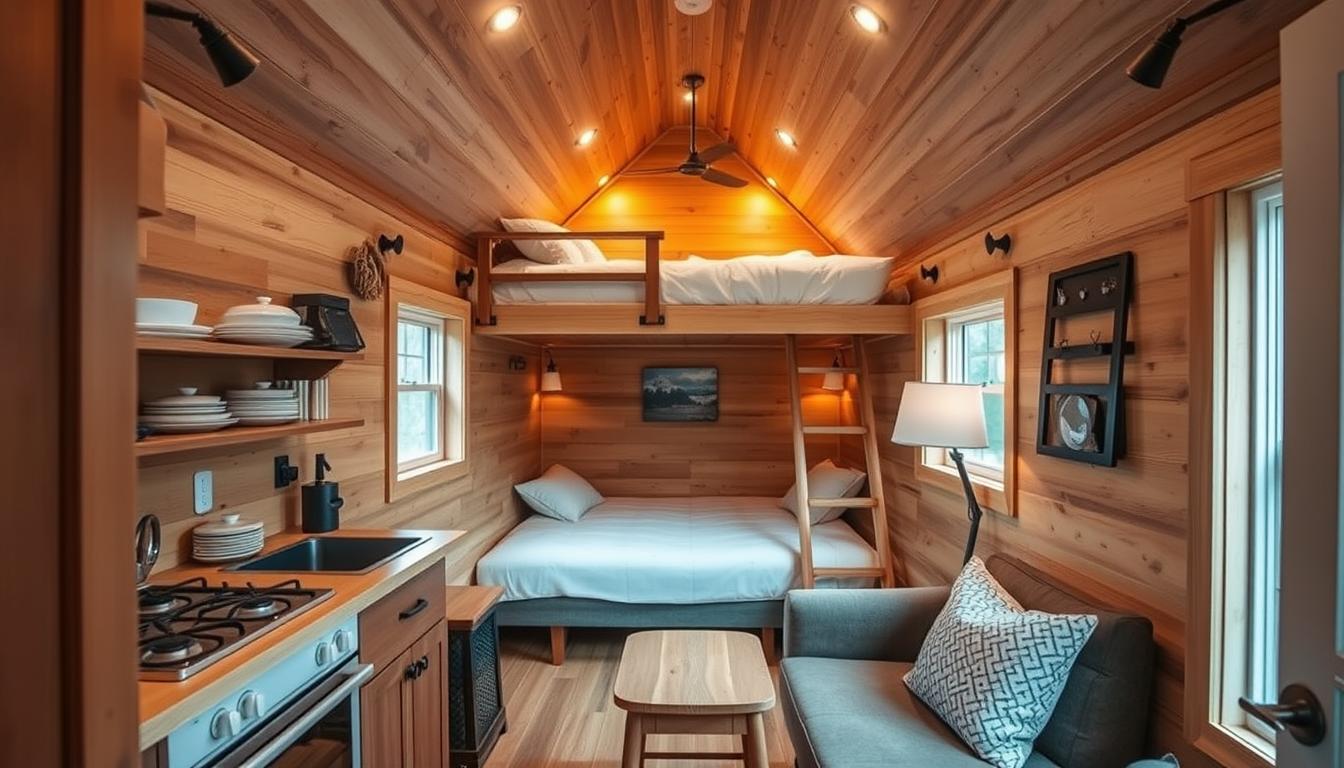The tiny house movement has been gaining traction in recent years, offering an alternative and sustainable way of living. As more people seek to downsize and live with less, the appeal of tiny houses continues to grow. However, before embarking on the journey of building or purchasing a tiny house, it’s crucial to understand the associated costs and budget accordingly. In this comprehensive guide, we’ll delve into the various factors that influence tiny house costs, the breakdown of expenses, and valuable tips for budgeting and saving money throughout the process.
Understanding Tiny House Costs
By reading this article, you will learn:
– Factors affecting tiny house costs.
– Cost breakdown including land, permits, materials, labor, and utilities.
– DIY vs. pre-built cost comparison and hidden costs.
I. Understanding Tiny House Costs

Introduction to Tiny Houses
1. Overview of the Tiny House Movement
The tiny house movement advocates for simplified living in small, often portable homes. These dwellings typically range from 100 to 400 square feet and prioritize functionality and minimalism. The movement has gained popularity due to the desire for financial freedom, environmental consciousness, and a break from the traditional housing market.
2. Benefits of Living in a Tiny House
Living in a tiny house offers numerous advantages, including reduced living expenses, lower environmental impact, and the ability to lead a debt-free lifestyle. Additionally, tiny houses promote a sense of freedom, as they enable individuals to live more intentionally and focus on experiences rather than material possessions.
3. Environmental and Financial Considerations
Tiny houses are known for their sustainable and eco-friendly nature. They require fewer resources to build and maintain, consume less energy, and often utilize alternative energy sources. From a financial perspective, the reduced size translates to lower construction, maintenance, and utility costs, making tiny houses an attractive option for those seeking financial flexibility.
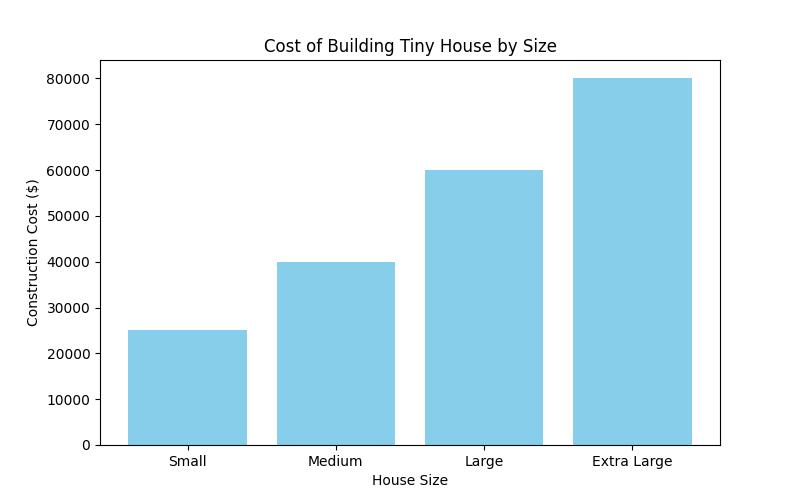
Factors Affecting Tiny House Costs
1. Size
Unsurprisingly, the size of the tiny house significantly impacts its overall cost. Larger tiny houses require more materials and labor, leading to higher expenses. Additionally, certain amenities, such as a full kitchen or bathroom, can contribute to an increase in costs.
2. Location
The geographical location where you plan to build or park your tiny house plays a pivotal role in determining the overall expenses. Land prices, building regulations, and utility connection fees vary widely across different regions, influencing the total cost of the project.
3. Materials Used
The choice of construction materials greatly influences the cost of a tiny house. Opting for high-end or custom materials can substantially raise expenses, while using reclaimed or salvaged materials can provide cost savings.
4. Labor Costs
Labor costs for building a tiny house can vary based on the experience and expertise of the builders, as well as the complexity of the design. Skilled labor for intricate customizations or off-grid capabilities may command higher wages.
5. Customization
Personalized touches and custom features add to the uniqueness of a tiny house but can also escalate the overall expenses. Custom-built storage solutions, furniture, and architectural elements contribute to the final cost.
6. Off-Grid Capabilities
For those seeking to live off the grid, incorporating sustainable systems such as solar panels, composting toilets, and rainwater harvesting adds another layer of expenses to the project.

Cost Breakdown
1. Land
The cost of land varies significantly based on location, with urban areas generally commanding higher prices than rural or suburban regions. Additionally, factors such as proximity to amenities and local infrastructure influence land prices.
2. Permits
Obtaining the necessary permits for building and living in a tiny house is an essential, albeit often overlooked, aspect of the cost breakdown. Permit fees and regulatory requirements vary by jurisdiction.
3. Construction Materials
From framing and insulation to roofing and siding, the selection of construction materials directly impacts the budget. It’s essential to strike a balance between quality and cost-effectiveness.
4. Labor
Hiring skilled labor for the construction of a tiny house incurs a significant portion of the overall expenses. Understanding the local labor market and negotiating fair wages is crucial for budget management.
5. Utilities
Factoring in the cost of connecting to essential utilities such as water, electricity, and sewage is vital. Off-grid solutions, while offering long-term savings, require upfront investment.
6. Interior Furnishings
Outfitting the interior of a tiny house with furniture, appliances, and fixtures constitutes a notable portion of the budget. Opting for space-saving and multi-functional furnishings can help maximize the available space and budget.
| Aspect | DIY Tiny House | Pre-built Tiny House |
|---|---|---|
| Initial Cost | Lower | Higher |
| Customization | More flexibility | Limited options |
| Time Commitment | Significant time required | Ready for move-in |
| Skill Required | Construction expertise needed | Minimal construction skills needed |
| Potential Savings | Cost savings on labor and construction | Convenience and time savings |
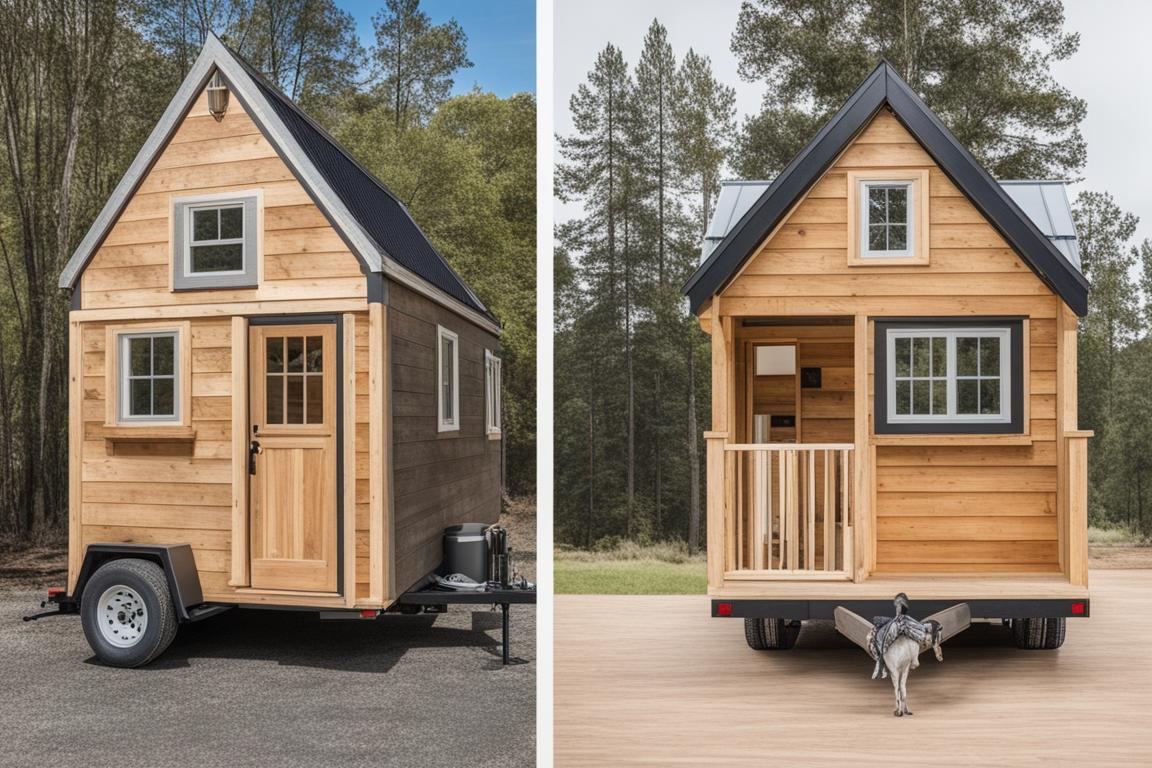
DIY vs. Pre-built
1. Cost Comparison
Embarking on a do-it-yourself (DIY) tiny house project often presents a more budget-friendly option compared to purchasing a pre-built unit. However, the cost disparity depends on various factors, including individual skills, available time, and access to resources.
2. Cost Savings and Challenges of Building Yourself
Undertaking the construction of a tiny house as a DIY project can lead to substantial cost savings. Nonetheless, it also entails challenges such as time commitment, the need for specialized knowledge, and potential setbacks during the building process.
3. Pros and Cons of Purchasing Pre-built or Custom-built Tiny Houses
Opting for a pre-built or custom-built tiny house offers the advantage of convenience and a faster move-in process. However, it typically comes with a higher price tag. Balancing the cost with the desired level of customization and personalization is crucial when considering this option.
Hidden Costs
1. Maintenance
Ongoing maintenance expenses, including repairs and replacements, should be factored into the long-term cost of owning a tiny house. Regular upkeep is essential to ensure the durability and functionality of the structure.
2. Insurance
Securing insurance for a tiny house is essential for protecting against potential damages, theft, or liability. The cost of insurance varies based on the value of the structure and its contents.
3. Parking Fees
For individuals opting to park their tiny houses in dedicated communities or on private properties, parking fees or lease agreements constitute an ongoing expense that should be considered.
4. Portable Utilities
In the case of portable tiny houses, expenses related to transporting the unit, as well as setting up and disconnecting utilities, contribute to the overall cost.
Real-Life Tiny House Cost Breakdown: A Personal Journey
Making the Most of Limited Resources
When Sarah and her partner, David, decided to build their own tiny house, they knew they had to carefully budget every aspect of the process. They opted for a 250-square-foot design to keep costs down, and chose a rural area with lower land prices for their build. By using reclaimed materials from local salvage yards and incorporating solar panels for energy, they were able to significantly reduce their construction expenses.
The couple also took on much of the labor themselves, learning new skills along the way and saving on hiring professionals. Despite the challenges, Sarah and David found that the sense of accomplishment and the financial savings made the entire process worthwhile.
Their experience highlights the practical aspects of cost-saving tips mentioned in this article, showing that with determination and resourcefulness, building a tiny house can be an affordable and rewarding endeavor.
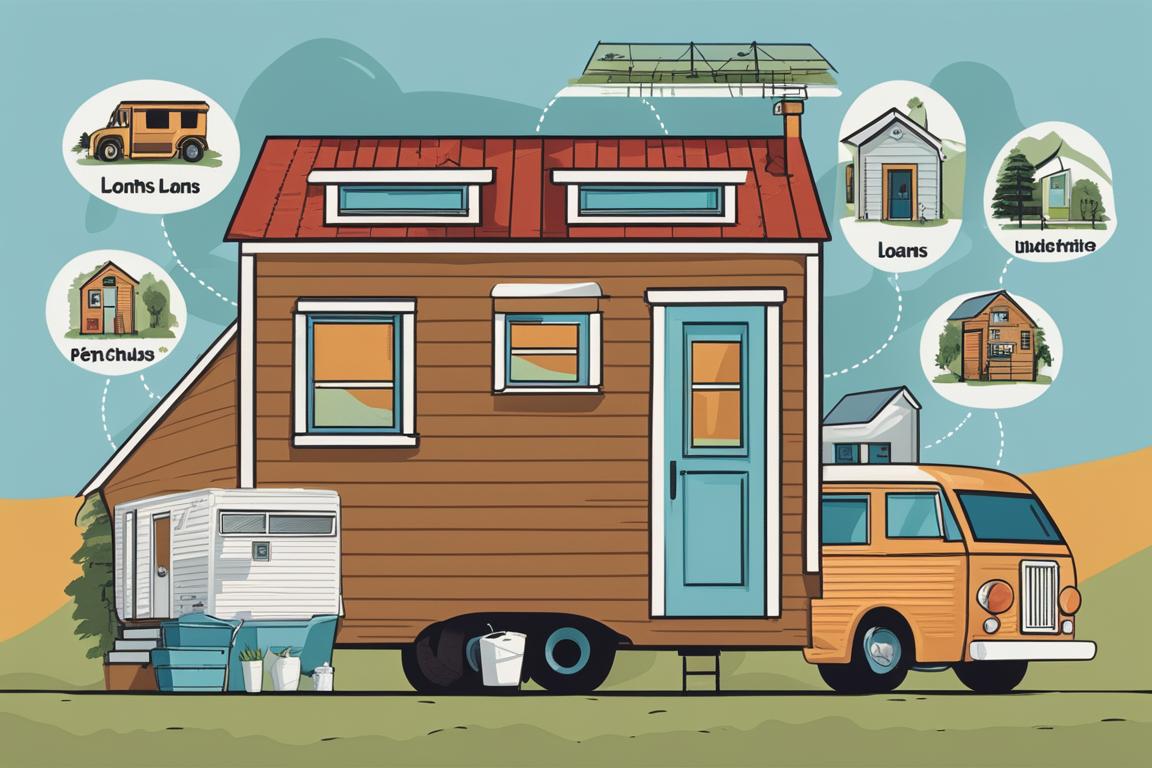
Financing and Budgeting
1. Budgeting for a Tiny House
Creating a detailed budget that encompasses all aspects of the tiny house project is fundamental. It’s essential to allocate funds for both expected and unforeseen expenses.
2. Saving Money During the Building Process
Implementing cost-saving measures such as using reclaimed materials, minimizing waste, and optimizing the use of resources can contribute to significant savings during the construction phase.
3. Financing Options: Personal Loans, RV Loans, Tiny House-specific Loans
Exploring various financing avenues, including personal loans, RV loans, or specialized tiny house loans, enables individuals to fund their tiny house projects based on their financial circumstances and creditworthiness.
Cost-Saving Tips
1. Using Reclaimed Materials
Incorporating reclaimed and salvaged materials into the construction of a tiny house not only reduces expenses but also aligns with sustainable and eco-friendly principles.
2. Opting for a Simpler Design
Choosing a minimalist and straightforward design can help streamline construction and minimize material and labor costs.
3. Alternative Energy Sources
Investing in renewable energy sources such as solar panels and wind turbines can lead to long-term savings on utility bills and reduce reliance on traditional power grids.
Regional Variances
1. Differences in Land Prices
The cost of land varies significantly from region to region, with urban, suburban, and rural areas offering distinct price points and considerations.
2. Building Regulations
Navigating local building codes and regulations is crucial, as compliance requirements can influence construction methods and costs.
3. Available Resources
Access to resources such as skilled labor, building materials, and infrastructure varies across different regions and can impact the feasibility and cost of a tiny house project.
Conclusion
1. Summarize Key Points
Understanding the multifaceted nature of tiny house costs is crucial for individuals considering this lifestyle choice. By comprehensively analyzing the expenses involved, individuals can make informed decisions and manage their budgets effectively.
2. Realistic Expectations of Tiny House Costs
Setting realistic expectations regarding the total cost of a tiny house project is essential to avoid financial strain and unexpected challenges. Being prepared for both the initial investment and ongoing expenses is key to a successful transition to tiny house living.
.
Q & A
How much does a tiny house cost on average?
On average, a tiny house can cost between $30,000 and $60,000.
Who determines the cost of a tiny house?
The cost of a tiny house is determined by its size, quality of materials, and location.
What factors can impact the cost of a tiny house?
Factors such as customization, off-grid capabilities, and amenities can impact the cost.
How can I reduce the cost of building a tiny house?
You can reduce the cost by using reclaimed materials and DIY construction.
What if I think tiny houses are too expensive?
Consider the long-term savings on utilities and maintenance costs.
The author of this article, Natalie Carter, is a licensed architect with over 10 years of experience specializing in sustainable and affordable housing solutions. They hold a Master’s degree in Architecture from Columbia University, where their research focused on the cost-efficiency of small-scale, eco-friendly dwellings.
Natalie Carter has also conducted extensive fieldwork, interviewing tiny house dwellers and builders across the country to gain insight into the real-life costs and challenges of tiny house living. They have published several articles in reputable architecture and design journals, drawing on both their practical experience and academic expertise to provide valuable insights into the financial considerations of tiny house construction.
In addition to their professional work, Natalie Carter is a passionate advocate for affordable housing and sustainable living. They regularly volunteer with non-profit organizations that promote access to housing for underserved communities and have spoken at numerous conferences on the topic of tiny house affordability and accessibility.
